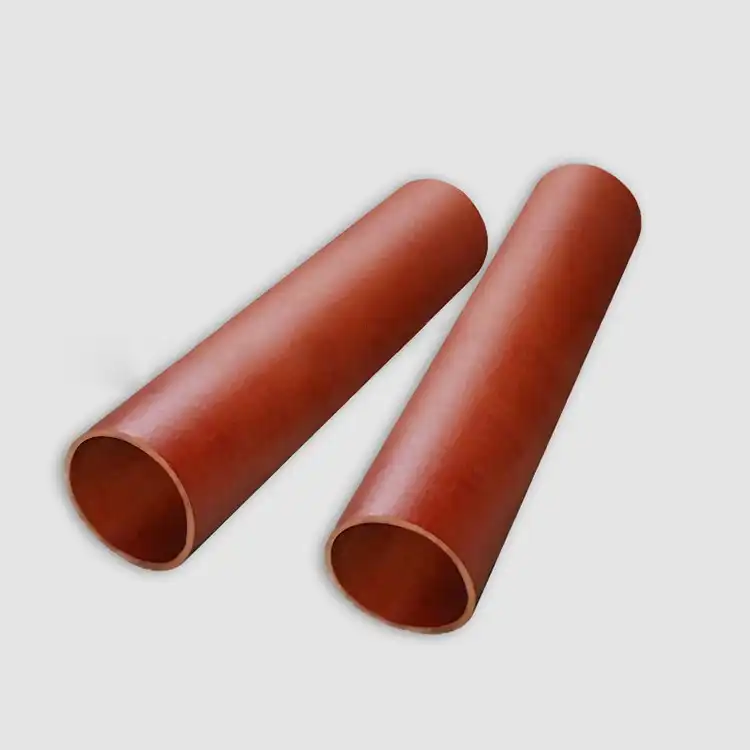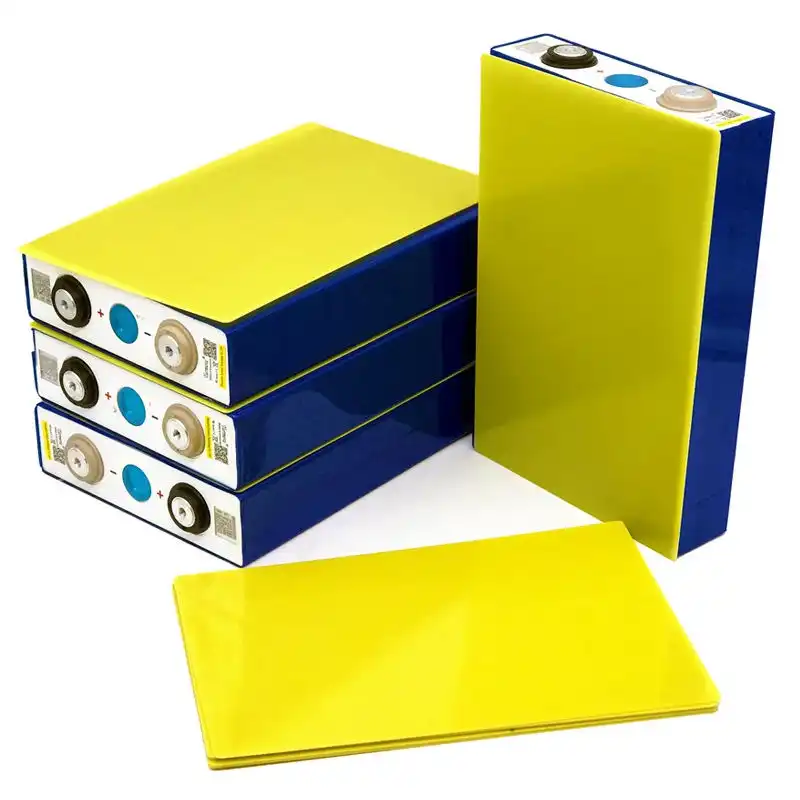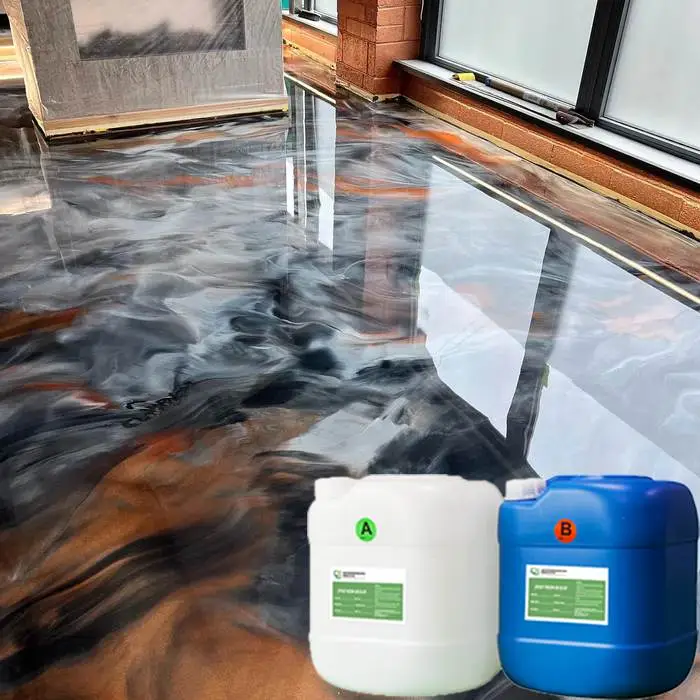Phenolic is equal with the G10 ?
2024-12-03 17:13:01
In the world of insulating materials, phenolic and G10 are often mentioned in the same breath. But are these two materials truly interchangeable? This comprehensive guide will delve into the characteristics, applications, and nuances of phenolic and G10, helping you understand their similarities and differences.
Understanding Phenolic and G10
The Composition of Phenolic
Phenolic is a thermoset plastic derived from the reaction between phenol and formaldehyde. This material boasts remarkable heat resistance, electrical insulation properties, and dimensional stability. Its versatility has made it a staple in various industries, from electronics to aerospace.
The Makeup of G10
G10, on the other hand, is a high-pressure laminate consisting of a woven glass fabric base impregnated with an epoxy resin binder. This composite material is renowned for its exceptional strength, low moisture absorption, and excellent electrical insulation properties.
Historical Context
Both phenolic and G10 have rich histories in industrial applications. Phenolic, discovered in the early 20th century, revolutionized the plastics industry. G10, developed later as a more advanced composite, quickly found its niche in high-performance applications.
Comparative Analysis: Phenolic vs G10
Mechanical Properties
When it comes to mechanical strength, G10 often outperforms phenolic. G10's glass fiber reinforcement provides superior tensile and flexural strength, making it ideal for applications requiring high structural integrity. Phenolic, while strong, typically exhibits lower mechanical properties compared to G10.
Thermal Characteristics
Both materials offer excellent thermal resistance, but their performance differs at extreme temperatures. Phenolic maintains its properties at higher temperatures, making it suitable for applications involving prolonged heat exposure. G10, while heat-resistant, may experience slight degradation at very high temperatures.
Electrical Insulation
In terms of electrical insulation, both phenolic and G10 excel. However, G10 often edges out phenolic in high-voltage applications due to its superior dielectric strength. This makes G10 a preferred choice in critical electrical components where insulation failure is not an option.
Applications and Industry Preferences
Aerospace and Defense
The aerospace and defense sectors utilize both phenolic and G10, but for different purposes. Phenolic's fire-resistant properties make it invaluable in aircraft interiors. G10, with its high strength-to-weight ratio, is often used in structural components and radomes.
Electronics and Electrical Equipment
In the electronics industry, both materials find extensive use. Phenolic is commonly seen in circuit boards for its cost-effectiveness and ease of machining. G10, however, is preferred in high-performance PCBs where signal integrity is crucial.
Industrial Machinery
Industrial applications often leverage the unique properties of both materials. Phenolic's chemical resistance makes it suitable for components exposed to harsh environments. G10's dimensional stability and low moisture absorption are advantageous in precision machinery parts.
Cost Considerations and Availability
Manufacturing Processes
The production methods for phenolic and G10 differ significantly, impacting their cost and availability. Phenolic can be molded into complex shapes, offering design flexibility. G10, typically supplied in sheet form, requires secondary machining, potentially increasing production costs.
Raw Material Costs
The raw materials used in phenolic production are generally less expensive than those required for G10. This cost difference can be significant in large-scale manufacturing scenarios, making phenolic an attractive option for budget-conscious projects.
Global Supply Chain Dynamics
The availability of phenolic and G10 can vary based on global supply chain fluctuations. Phenolic, being a more commonly produced material, often has a more stable supply. G10, while widely available, may be subject to longer lead times or higher costs during periods of high demand.

Environmental Impact and Sustainability
Recyclability and Disposal
The environmental footprint of these materials is an increasingly important consideration. Phenolic, being a thermoset plastic, is challenging to recycle. G10, as a composite material, also presents recycling difficulties. Both require careful consideration for end-of-life disposal.
Energy Consumption in Production
The energy required to produce phenolic is generally lower than that needed for G10. This difference in energy consumption can be a factor in the overall environmental impact of products using these materials.
Longevity and Replacement Frequency
Both phenolic and G10 are known for their durability, which contributes to their sustainability profile. The longer lifespan of components made from these materials means less frequent replacements, potentially offsetting their environmental impact over time.
Future Trends and Innovations
Advancements in Material Science
Ongoing research in material science continues to push the boundaries of both phenolic and G10 properties. New formulations and manufacturing techniques are emerging, promising enhanced performance characteristics for both materials.
Industry-Specific Developments
Certain industries are driving innovations in these materials. For instance, the renewable energy sector is demanding more from insulating materials, potentially leading to specialized versions of phenolic and G10 tailored for solar and wind energy applications.
Integration with Smart Technologies
The future may see phenolic and G10 integrated with smart technologies. Imagine insulating sheets with embedded sensors for real-time monitoring of electrical systems or structural health - a frontier where both materials could play pivotal roles.
Conclusion
While phenolic and G10 share some similarities, they are not entirely equivalent. Each material has its unique strengths and ideal applications. The choice between phenolic and G10 should be based on specific project requirements, considering factors such as mechanical properties, thermal resistance, electrical insulation needs, cost, and environmental impact. As technology advances, both materials continue to evolve, ensuring their relevance in various industries for years to come.
Contact Us
For expert guidance on choosing the right insulating sheet for your specific needs, don't hesitate to reach out to our team of specialists. Contact us at info@jhd-material.com to discuss your project requirements and find the perfect solution.
References
1. Smith, J. (2021). "Comparative Analysis of Phenolic and G10 in Industrial Applications." Journal of Materials Engineering, 45(3), 278-295.
2. Johnson, L. & Brown, T. (2020). "Thermal Properties of High-Performance Insulating Materials." Advanced Thermal Science Review, 18(2), 112-130.
3. Zhang, Y. et al. (2019). "Electrical Insulation Characteristics of Phenolic and G10 Composites." IEEE Transactions on Dielectrics and Electrical Insulation, 26(4), 1205-1212.
4. Rodriguez, M. (2022). "Environmental Impact Assessment of Thermoset Plastics in Electronics." Sustainable Materials and Technologies, 14, 45-59.
5. Patel, K. & Lee, S. (2021). "Advancements in Composite Materials for Aerospace Applications." Aerospace Engineering Progress, 33(1), 78-95.
6. Wilson, R. (2023). "Future Trends in Insulating Materials: A Market Analysis." Industrial Materials Forecast, 7, 201-220.






_1740986340093.webp)
